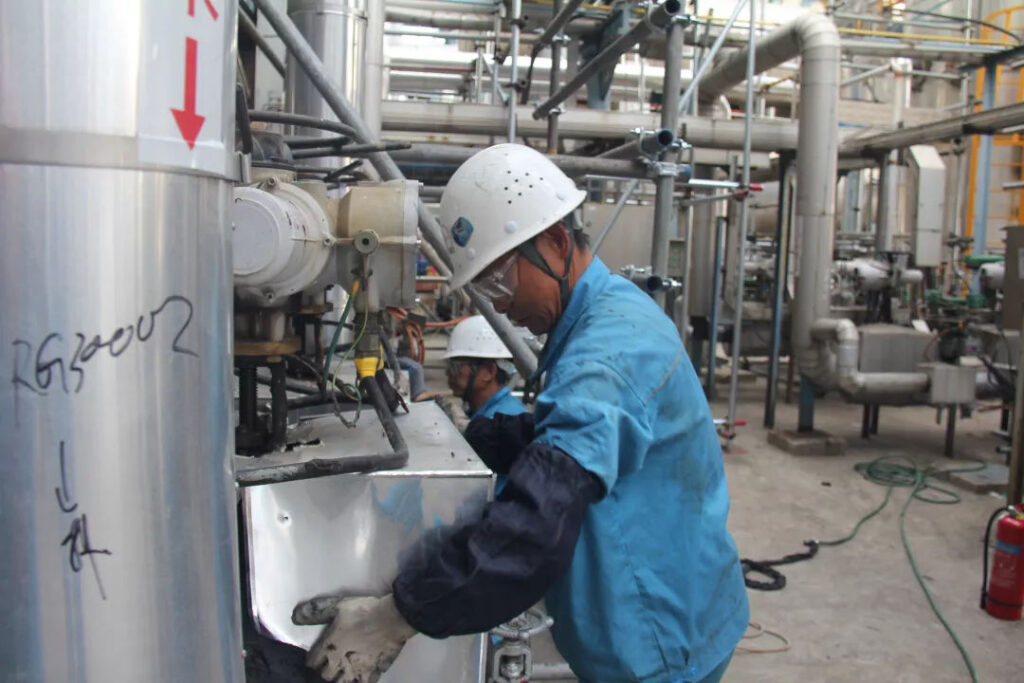Steam Rubber Hose

Steam rubber hose ,also known as a steam hose, is a type of hose specifically designed for conveying high-temperature steam. It is commonly used in industrial applications such as refineries, chemical plants, power plants, and other settings where steam is utilized for heating, cleaning, or processing purposes. Here are some key characteristics and considerations related to steam rubber hoses:
1. Temperature and pressure resistance: Steam hoses are designed to withstand high temperatures and pressures associated with steam applications. They are typically rated for specific temperature and pressure ranges, and it is important to select a steam hose that meets the requirements of the intended application.
2. Construction and materials: Steam hoses are constructed with layers of heat-resistant materials to ensure durability and safety. They often have an inner tube made of synthetic rubber or EPDM (ethylene propylene diene monomer) rubber, which can withstand high temperatures. Reinforcement layers, such as wire braids or textile cords, provide strength and stability. The outer cover is designed to protect the hose from environmental factors and abrasion.
3. Safety considerations: Steam hoses should be selected and installed following safety guidelines to prevent accidents and ensure worker safety. Proper handling and maintenance, including regular inspections and replacement of worn or damaged hoses, are crucial to prevent leaks and failures that could result in burns or other hazards.
4. Grounding: In some applications, such as those involving static electricity buildup, it may be necessary to use a steam hose with built-in electrical conductivity or grounding capability. This helps dissipate static charge and reduces the risk of electrical shocks or sparks.
5. Fittings and connections: Steam hoses are typically equipped with specific fittings designed for high-temperature steam applications. These fittings may include threaded connections, flanges, or other specialized connections. It is important to use compatible fittings and ensure proper installation to prevent leaks and maintain the integrity of the steam system.
6. Maintenance and inspection: Regular inspection and maintenance are essential for steam hoses to ensure their performance and safety. Steam hoses should be visually inspected for signs of wear, damage, or degradation. Any hoses showing signs of wear or damage should be replaced promptly to prevent failures and potential hazards.
7. Compliance with standards: Steam hoses should meet industry standards and regulations to ensure their quality and performance. Common standards for steam hoses include those set by the International Organization for Standardization (ISO), the American Society of Mechanical Engineers (ASME), and other relevant industry standards.
Regular inspection and maintenance are crucial for steam rubber hoses to ensure their performance and safety. Visual inspections should be conducted to check for signs of wear, damage, or degradation. Any hoses showing signs of wear or damage should be replaced promptly to prevent failures and potential hazards.
It is important to consult manufacturer recommendations, industry guidelines, and local regulations when selecting, installing, and maintaining steam rubber hoses. Additionally, seeking advice from experts or professionals in the field can help ensure the appropriate steam hose is chosen for the specific application and operating conditions.
